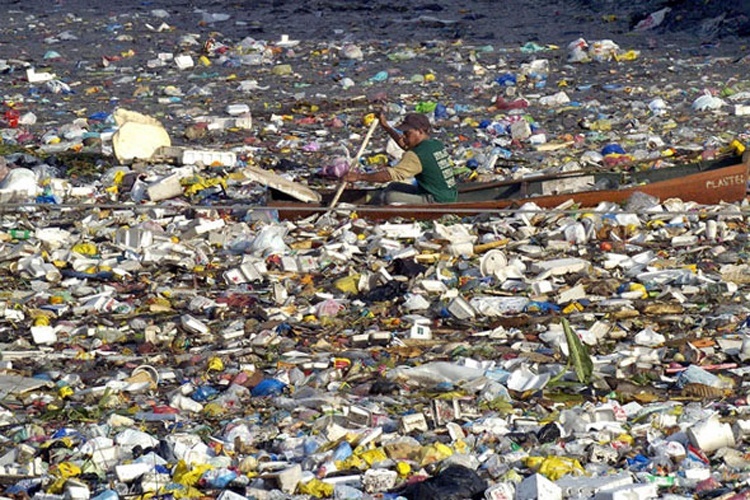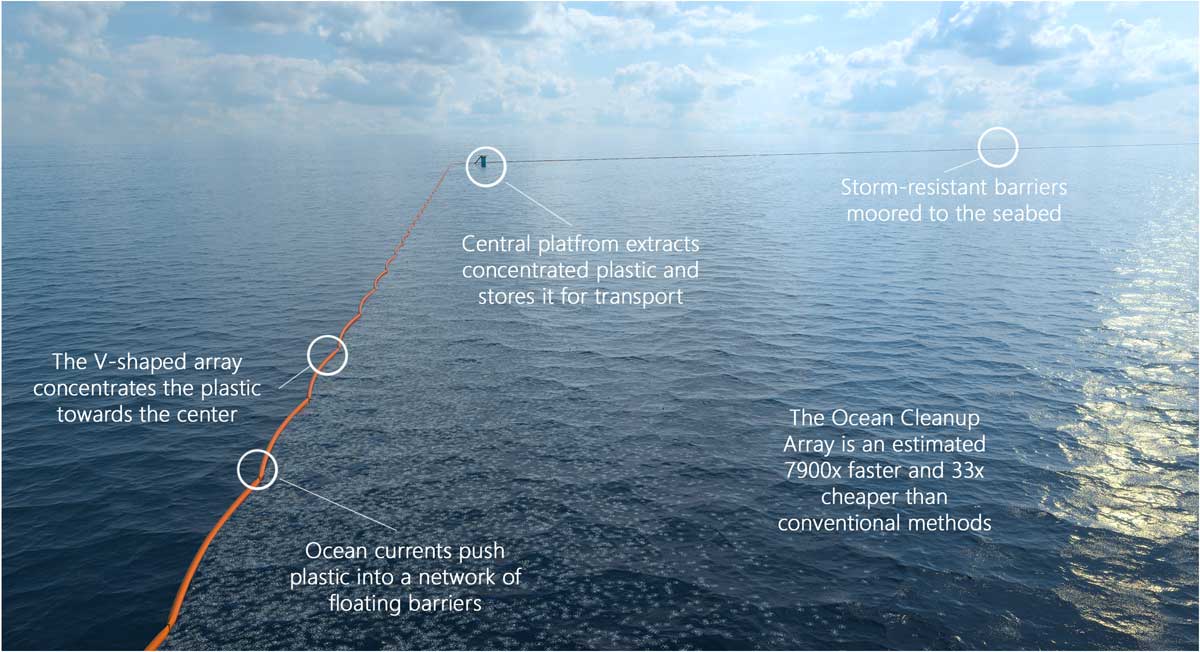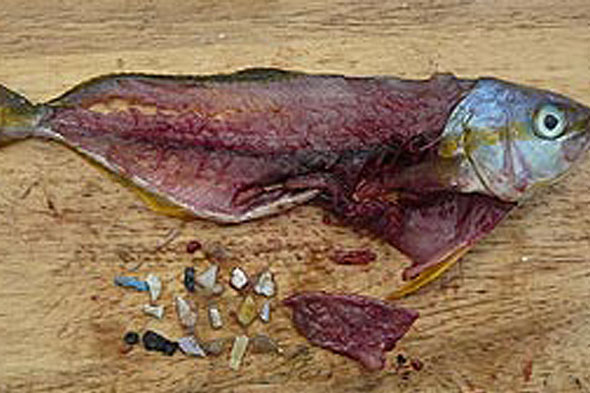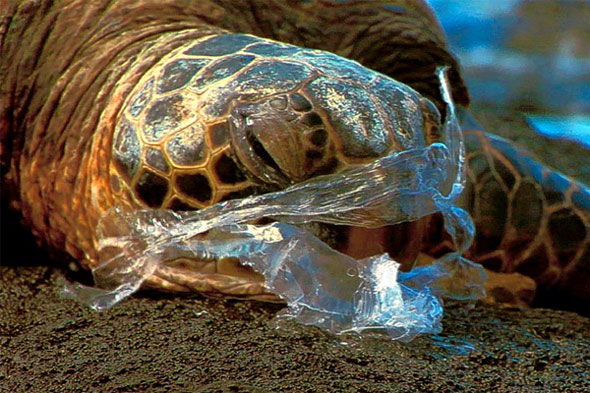As a responsible waste disposal company we wanted to highlight what we believe is one of the world’s biggest waste problems.
Eight Million Tons of Plastic Dumped into Our Oceans Every Year. This is roughly equal to five plastic bags per every foot of coastline around the
world!
Reading a statement like this seems like shock tactics, but when you look at some of the images around the globe, not only do you start to believe it but it is so
shocking that it makes you want to do something about it. But how bad is the problem really? Let’s take a look…

Source – https://zedgraffiti.wordpress.com/2011/11/07/alexander-parkes-that-plastic-thing%E2%80%A6
![[UNVERIFIED CONTENT] Plastic trash pollution on beach of Labuan Bajo (Flores Island). It is sad to see that in that small fishing town which is the gateway to the Komodo Islands, a nearby protected nature reserve famous for a species of large lizards (called Komodo dragons). The area also has some of the world's best scuba-diving spots. Unfortunately, indigenous people are still used to throw away trash on road sides and in rivers (which was fine when all that trash was biodegradable, before the invention of plastic). They don't have good waste disposal or recycling facilities. So all the plastic trash ends up in the ocean, and then is washed-up on shore. It's particularly ugly at low tide. This is a major environmental problem that affects all developing countries. Other keywords: environment, environmental impact, pollution, plastic trash, ocean, sea, global, garbage, seashore, fishing village, boats.](https://www.northerndisposal.co.uk/wp-content/uploads/2016/02/gettyimages-187997939.jpg)
Source – http://fortune.com/2015/10/01/ocean-plastic-pollution/

Source – http://plasticsoupnews.blogspot.co.uk
Clearly, these 3 images are disturbing, but what’s more disturbing is the amount of plastic that is flooding into our oceans and when that plastic starts to break down, it is becoming part of the food chain. It is estimated that there are 5.2 trillion pieces of plastic rubbish floating around in our oceans. That’s equivalent to a full size bin wagon pulling up to the beach and dumping its contents every minute. Although the seas seem big enough to absorb or hide all this plastic, they aren’t and the level of waste is starting to reach a crisis point: According to a report by the Ocean Conservancy, in partnership with the McKinsey Center for Business and Environment, by 2025, the ocean could contain one ton of plastic for every three tons of fish.
http://www.ellenmacarthurfoundation.org/publications/the-new-plastics-economy-
rethinking-the-future-of-plastics. The new report calls for a focus on improving waste management systems in a handful of developing countries that are most responsible for the plastic leakage into the ocean. China, Indonesia, the Philippines, Thailand and Vietnam contribute more than half of the oceans’ plastic since their waste infrastructure hasn’t kept up with rapid industrialization. Five countries could solve half the problem.

Source – http://news.nationalgeographic.com/news/2015/02/150212-ocean-debris-plastic-garbage-patches-science/
The vast majority of plastics are not effectively recycled, either. Only 5 percent is properly recycled, while 40 percent is sent to a landfill and a third ends up in the environment, including in the world’s oceans. Much of the rest is burned, which generates energy, but also causes more fossil fuels to be consumed in order to make new plastic bags, cups, tubs and consumer devices demanded by the economy. That’s the bad news. The even worse news is that the tonnage is on target to increase tenfold in the next decade unless the world finds a way to improve how rubbish is collected and managed.
How Does This Affect Us?
It Affects Our Environment. At least one million seabirds and one hundred thousand marine mammals die eachyear due to plastic pollution. The survival of at least 100 species, including the
Hawaiian Monk Seal and Loggerhead Turtle, could be jeopardized by plastic debris. Plastic pollution is also a carrier of invasive species, threatening native ecosystems.
It Affects The Economy Plastic pollution causes at least 13 billion U.S. dollars in damage every year to industries that include fishing, shipping and tourism. The US West Coast states
spend approximately $500 million every year to clean up their beaches. The cost of removing debris from beaches averages $1,500 per ton and can reach up to $25,000 per ton.
It Affects Our Health Ocean plastic adsorbs toxic chemicals (including PCBs and DDTs), increasing their concentration by a million. These persistent organic pollutants enter and bio-
accumulate in the food chain, resulting in an even higher concentration of pollutants in fish, including species consumed by humans. Health effects linked to these chemicals are: cancer, malformation and impaired reproduction
(Takada, oceanhealthindex.org).
What Can We Do About It?
There are a number of organisations researching different technologies to help to clean up the oceans.The Ocean Clean Up (www.theoceancleanup.com) are developing the OceanCleanup Array, a floating network of barriers that can extract plastic for recycling. A single Ocean Cleanup Array is estimated to be able to clean up half the Great Pacific
Garbage Patch in 10 years’ time. Prevention is an essential part of stopping plastic pollution. By regularly informing the public about the development of our cleanup technology, The Ocean Cleanup is raising awareness of the plastic pollution problem and promoting prevention. Spin-off technologies deployed in rivers will be able to rapidly reduce the influx of new plastic in the oceans. The Ocean Cleanup plans to develop interception systems in the future.

Source – www.theoceancleanup.com
As well as the massive projects that are happening around the world, you can make a difference in your own home. Here are a few ideas… Cut disposable plastics out of your routine. Simple alternatives include bringing your own bag to the shops, choosing reusable items wherever possible, and purchasing plastic with recycled content.
Recycle. When you need to use plastic, be sure that you recycle it after you’ve reused it. Each piece of plastic recycled is one less piece of waste that could end up in our oceans.
Take Responsibility. Whether you represent yourself, a business, or a government, know how much you are contributing to the problem of plastic pollution.
Conduct a waste audit and share the information.
Set specific goals to reduce or eliminate your plastic waste generation.
Clean up your local beach. Many organizations host clean-up days where you can volunteer to pick up rubbish at your local beach. A few hours of your time can make a big difference.
Stand up for Oceans! Sign the petition below to ban toxic microbeads.
http://www.5gyres.org/banthebead
If you do have products that contain microbeads – Send them back to the manufacturer using the sample letter found on this website –
http://www.beatthemicrobead.org/en/component/content/article/12-content/en/394-return-the-microbead
You can also support marine conservation projects or even help to study the effectswhile enjoying yourself on an eco-tourism holiday. Take a look at www.biosphere-expeditions.org to see how you can help whilst having fun on your holidays.
Need a little more inspiration? Take a look at some of these images…
Source – http://coastalcare.org/2009/11/plastic-pollution

Source – https://sustainablefred.wordpress.com/tag/plastic-pollution/

Source – https://www.thedodo.com/turtle-six-pack-unstoppable-1166240209.html

